As highlighted across the Mexico City Grand Prix weekend, the defining factor for performance at the Autodromo Hermanos Rodriguez is undoubtedly the thin air caused by Mexico City’s extreme altitude.
Air density here is roughly 30 per cent lower than at sea level. That reduction doesn’t just cut aerodynamic load to around 65 per cent of normal levels; it also has a major impact on heat exchange.
Put simply, cooling becomes a serious challenge. Teams respond by opening up additional louvres (vents) on their engine covers to help the power units breathe, but brake cooling is just as critical.
Without careful management, not only does braking efficiency drop off sharply, but heat from the brake drums can transfer to the rims and raise tyre temperatures — a problem that can quickly snowball over a race distance.
In this context, it’s worth mentioning information obtained in the paddock suggesting Alpine’s performance in Mexico was heavily compromised by these very issues.
Pierre Gasly and Franco Colapinto ended the afternoon in P15 and P16, respectively, as the last of the finishers. The Frenchman crossed the line 37 seconds behind the Aston Martin of Lance Stroll, who took the chequered flag one place ahead.
However, unlike Charles Leclerc and Lewis Hamilton in Singapore, neither Alpine driver was forced into lift-and-coast management to the same extent that the Ferraris had to in the closing stages at the Marina Bay Street Circuit.
Even so, the heat build-up through the brake drums likely increased tyre pressures, reducing the contact patch and accelerating degradation.
This can’t be seen as the sole reason behind the A525’s underwhelming weekend, but it certainly added another layer of complexity to tyre and stint management.
Another major factor lies with the power unit itself, which remains some way off its rivals. The A525 appeared noticeably down on acceleration compared to the competition, losing ground alarmingly in the first few hundred metres of the main straight — a weakness that became painfully clear on Mexico’s long flat-out section.
Adding to Alpine’s troubles is the car’s own design philosophy. The A525 is known for generating strong downforce, but that very strength becomes a limitation in Mexico. With air density so low, the team simply cannot exploit its natural aerodynamic advantage.
All told, a combination of factors turned Alpine’s Mexican weekend into a difficult one: from underestimating cooling requirements, to a chassis concept ill-suited to the circuit’s characteristics, and a power unit still lagging behind both in outright performance and in energy recovery efficiency.
Don't miss out on any of the Formula 1 action thanks to this handy 2026 F1 calendar that can be easily loaded into your smartphone or PC.
Download the calenderMost read
In this article

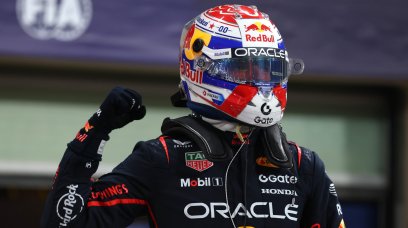
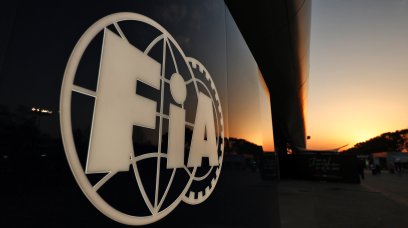
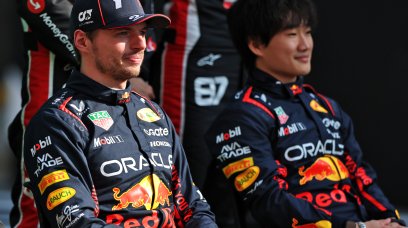
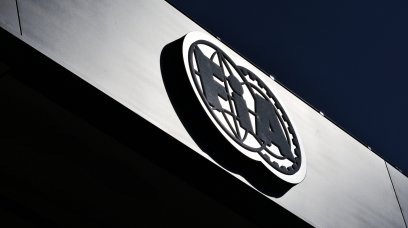

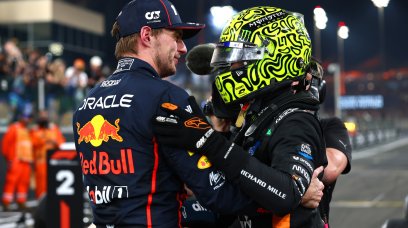


Join the conversation!